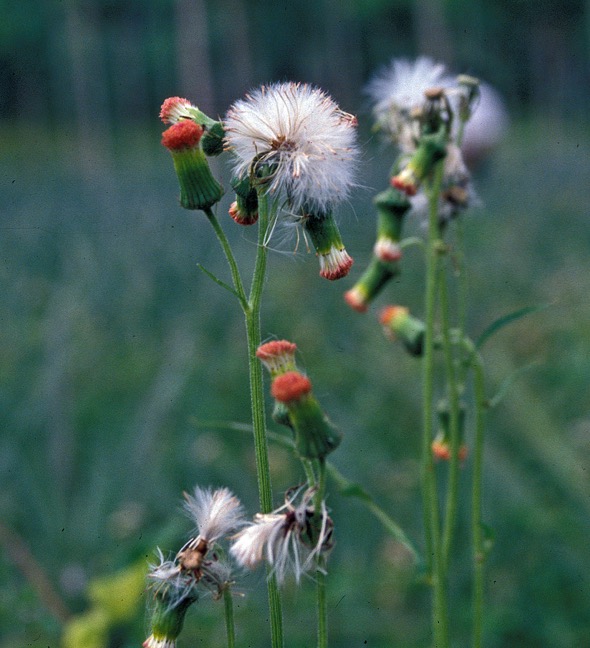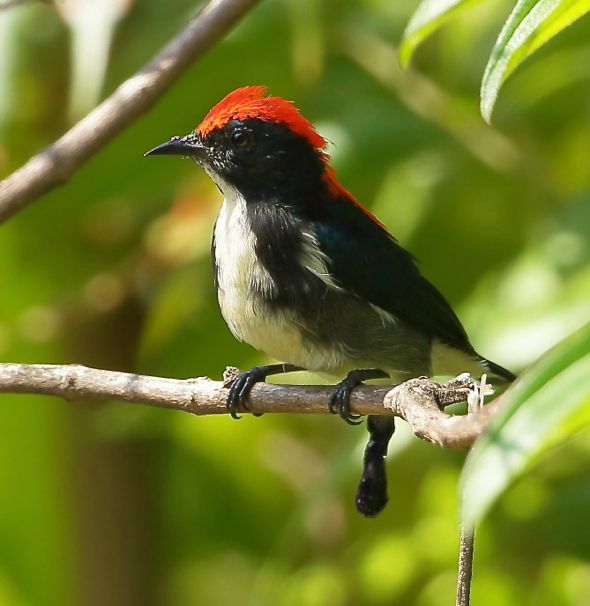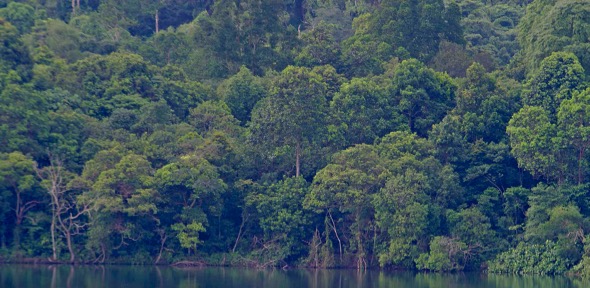As the saying goes, nature abhors a vacuum. Thus any piece of bare ground will, in no time at all, be filled with plants, soon to be followed by animals.

Now how does this happen? For one, the soil is never sterile. There will always be dormant seeds mixed with it. And given water and sunlight, these seeds will sprout and develop into green plants. Also, wind-borne seeds will constantly be blown in (above).

Animals, especially birds that stray into the area, will leave seeds when they defecate (above). In such cases the seeds will have a ready supply of fertilisers once they germinate.

In no time at all the area will be covered with a tangle of hardy, light demanding plants (above). If the area is subjected to regular fires, the area will be covered with grass and herbs (below)…

If not subjected to regular fires, the tangle of vegetation will slowly develop first into a scrubland. The vegetation here is thick with a few, if any tall trees (below).

With time more trees will grow through the tangle of vegetation. One of the most common tree is Albizia (Paraserianthes falcataria) (below) that will, in time, turn the area into an Albizia woodland LINK. Because these trees are not close enough to keep off the light from the undergrowth, the vegetation below will continue to grow into an “impenetrable” undergrowth.

In a few decades the Albizia may turn into a secondary forest, should seeds of more trees of different species find their way into the area. A forest is here defined as a piece of vegetation overgrown with trees whose canopies do not overlap (below). This allows for shade tolerant plant species to proliferate under the canopy of the forest. The original light demanding species will gradually be eliminated as less and less light reach below as new trees grow and expand their crowns.

After more than 100 years or so the forest becomes more mature and you get forests like those found in our are pockets of relict primary forests within this reserve, meaning that the vegetation here still has old giant trees from its primary forest days… before the forest was disturbed through logging.

Eventually, after a thousand or more years, as new, slow growing forest giants become established, replacing the earlier trees, the individual tree canopies close up such that the forest is completely shaded. From the ground one can only see specks of light shining through the closed canopy. This is when plant succession is reaching its climax to become a primary tropical rainforest (below). This forest is then at equilibrium. The composition of the forest will then not change much thereafter.

Under such a situation only shade-loving herbs and shrubs survive below the forest canopy. Such forests have sparse undergrowth, making walking through a breeze.
As the vegetation changes from an open habitat comprising of light demanding species to a closed one of shade tolerant species, the composition of plant species similarly changes. Furthermore the number of plant species increases exponentially.
As each plant species has it own complement of animal species (LINK), animal biodiversity will similarly increases exponentially.
YC Wee
Singapore
22nd April 2017








